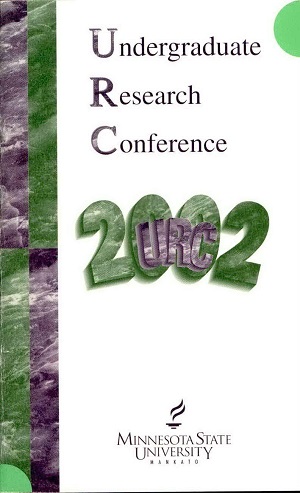Controlling the Selectivity of Group Transfer From Tetraorganotins to Silver (I)
Location
CSU
Student's Major
Chemistry and Geology
Student's College
Science, Engineering and Technology
Mentor's Name
Brian Groh
Mentor's Department
Chemistry and Geology
Mentor's College
Science, Engineering and Technology
Description
We have studied the ability of silver (I) to selectively transfer one of two types of organic groups (alkyl vs. aryl) from tin to itself. When the alkyl group on tin is methyl, selectivity for transfer of aryl is sometimes quite low with transfer of methyl being the preferred process. In these cases we have been examining the effects of changing the type of alkyl component, from a relatively small methyl to a much larger butyl group, upon the selectivity and outcome of this transfer. Butyl groups seem to have some advantage affording increased selectivity, and hence yield of product, when compared with use of the methyl groups. We have also investigated the effect of temperature upon the course of this reaction.
Controlling the Selectivity of Group Transfer From Tetraorganotins to Silver (I)
CSU
We have studied the ability of silver (I) to selectively transfer one of two types of organic groups (alkyl vs. aryl) from tin to itself. When the alkyl group on tin is methyl, selectivity for transfer of aryl is sometimes quite low with transfer of methyl being the preferred process. In these cases we have been examining the effects of changing the type of alkyl component, from a relatively small methyl to a much larger butyl group, upon the selectivity and outcome of this transfer. Butyl groups seem to have some advantage affording increased selectivity, and hence yield of product, when compared with use of the methyl groups. We have also investigated the effect of temperature upon the course of this reaction.



